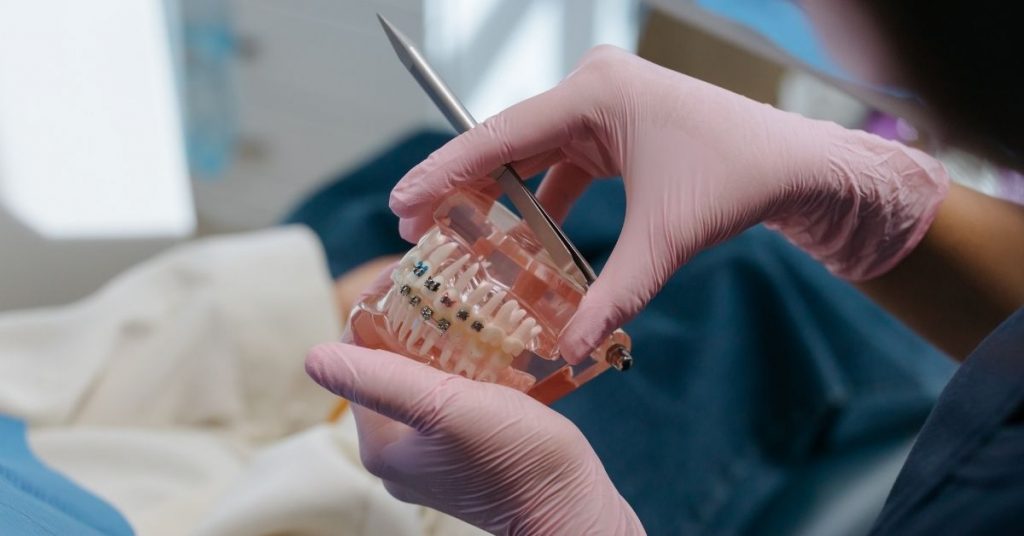Avoiding TMI in Doctor Consultations
For the garden-variety treatment case, a ten-to-fifteen minute time allotment for the doctor consultation with the family is not only achievable, it is also optimal. Unfortunately, many doctors, in an effort to be helpful to the family, exceed both the time limit and the family’s need for information – a situation that not only impedes time management, but also detracts, in many cases, from the perceived value of doctor time on the part of the family.
In my experience, this need to over-do it on explaining treatment is the rule, not the exception. As one doctor I worked with observed, you are no longer in school, but some of you may carry your information-delivery habits that you needed with your instructors into the consultations that you have with families.
To structure a concise and effective consultation, build your information delivery around the three (and only three) things that, besides the cost, your decision-maker wants to know:
- What is wrong with my (or my child’s) teeth
- Why do we need to fix my (or my child’s) teeth
- What is going to happen if we don’t fix my (or my child’s) teeth
If you will stick to those three points, and limit your delivery to addressing them, you will keep you consult time to an acceptable length, and, more importantly, not overwhelm the visitors with a lot of unnecessary, and in some cases, unwelcome, information.
As noted in previous posts, the use of visuals – ideally, a flat-screen TV used to present to these points – does wonders for helping the family to understand the points that you are making.
Lastly, all of your TCs have had parents ask this question: “will it hurt anything if we put this off?” The reason for this is that people are most motivated to act to avoid consequences, and if there are no consequences to not moving forward with treatment, that will be the most common outcome. For this reason, addressing “what’s going to happen if we don’t fix my kid’s teeth” is the most important part of your presentation.





